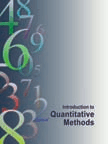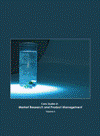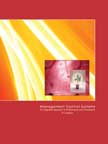Introduction to Quantitative Methods
 |
Details
Textbook:
Pages : 395;
Paperback;
210 X 275 mm approx.
Workbook:
Pages :
276; Paperback;
210 X 275 mm approx, Sample Applied Theory Questions
Sample Multiple Choice Questions (Online Quiz)
Pricing
Textbook Price: Rs. 900;
Workbook Price: Rs. 700;
Available only in INDIA
Detail Table of Contents
Click below to view
HTML
Measures of Dispersion : Chapter 4
SUMMARY: Measures of dispersion indicate how much the data in a given set of numerical data are spread out. The simplest of these measures is the range. The range is the distance between the largest and the smallest value in the data set. Of all measures of dispersion, the range is most sensitive to extreme values. Similar in spirit to the range, but not affected by outliers, is the interquartile range, that is, the difference between the third and first quartiles. In a sense, the interquartile range is the range of the middle half of the data. The mean deviation and the standard deviation indicate how much the average value in the data set differs from the mean. Whereas the mean deviation is just that - the mean distance of the measurements from the mean, the standard deviation is usually calculated by first finding the variance and then extracting the square root of the variance. Although more difficult to compute than the other measures of dispersion, the standard deviation and the variance are the most useful and accurate methods. |
|



